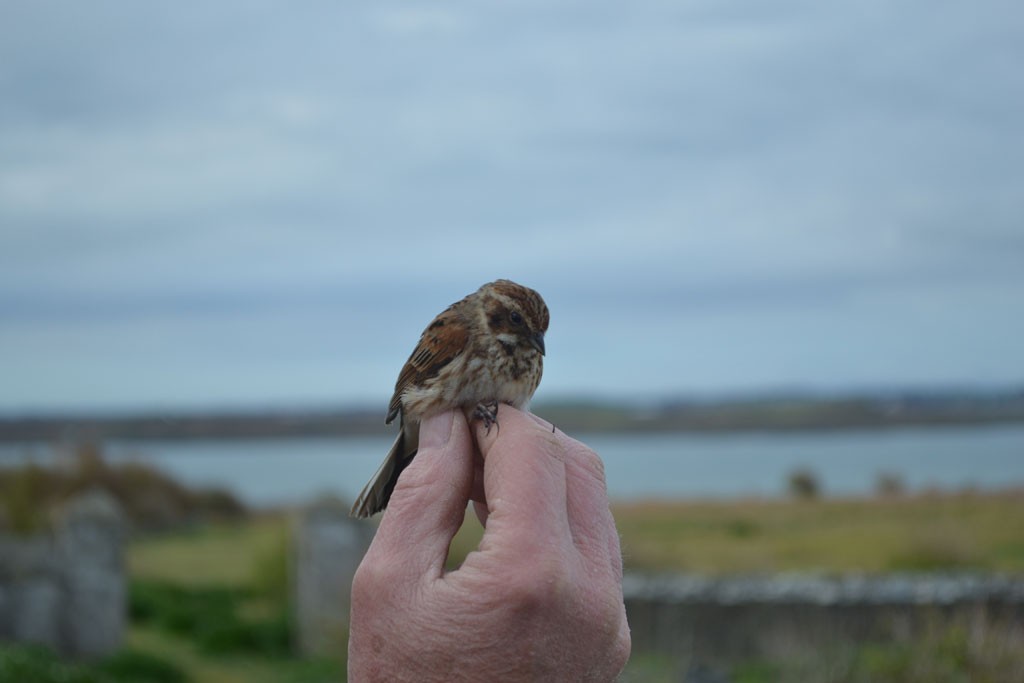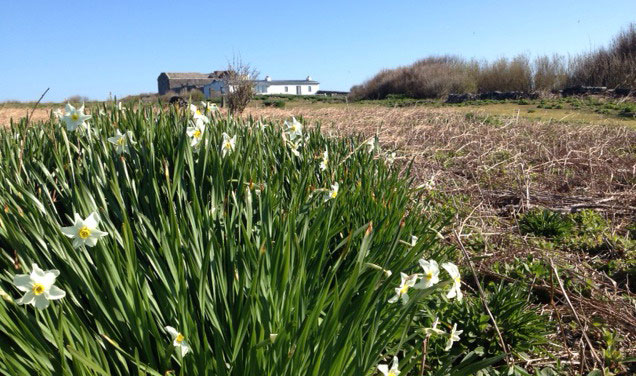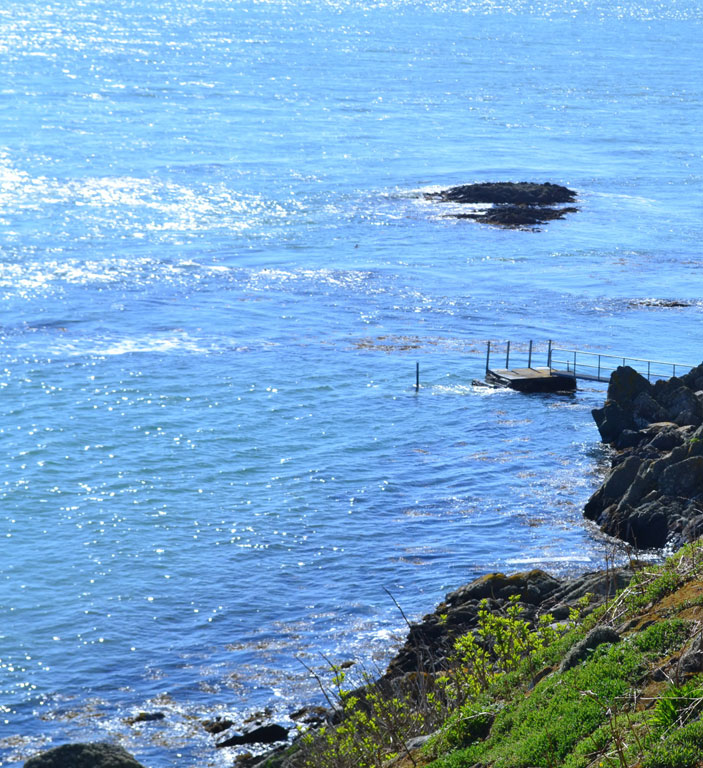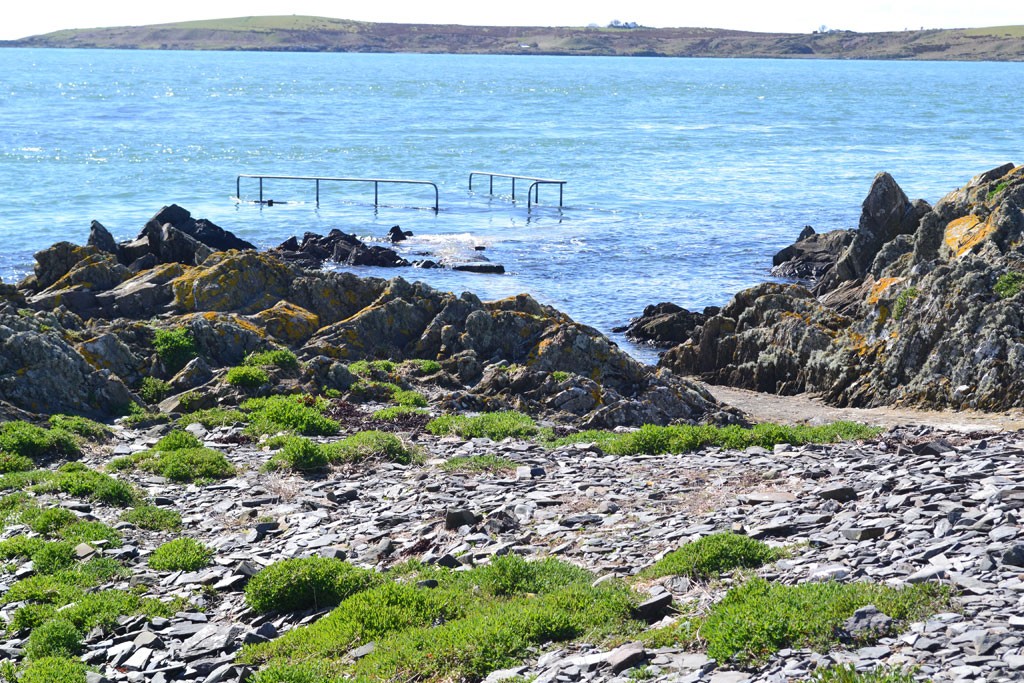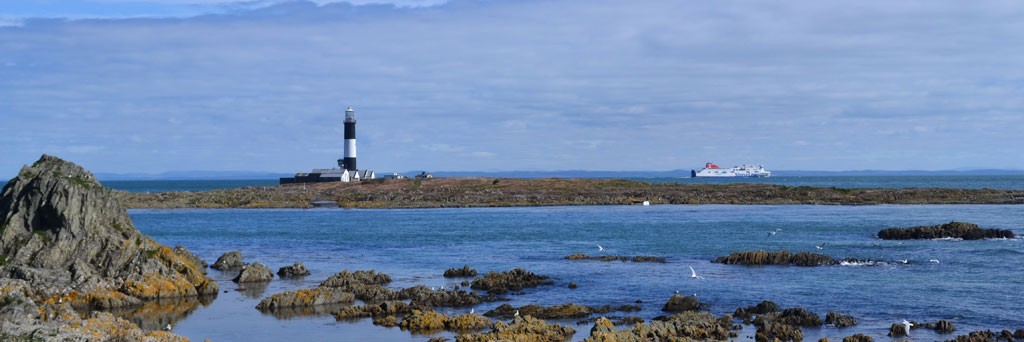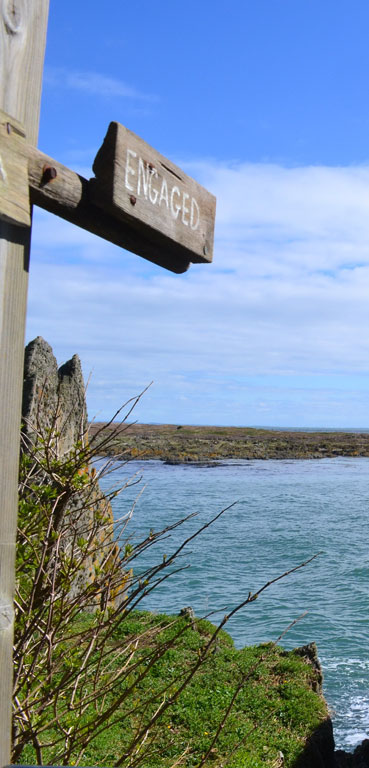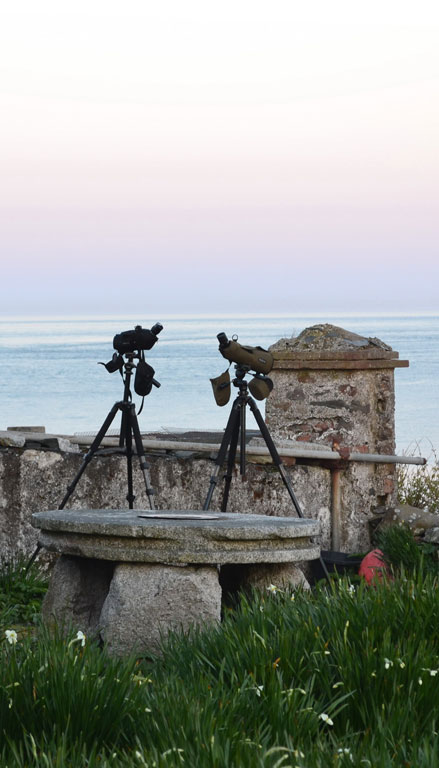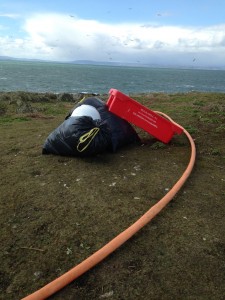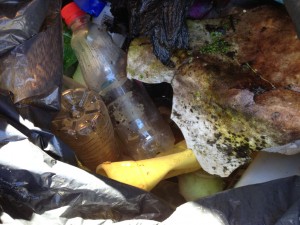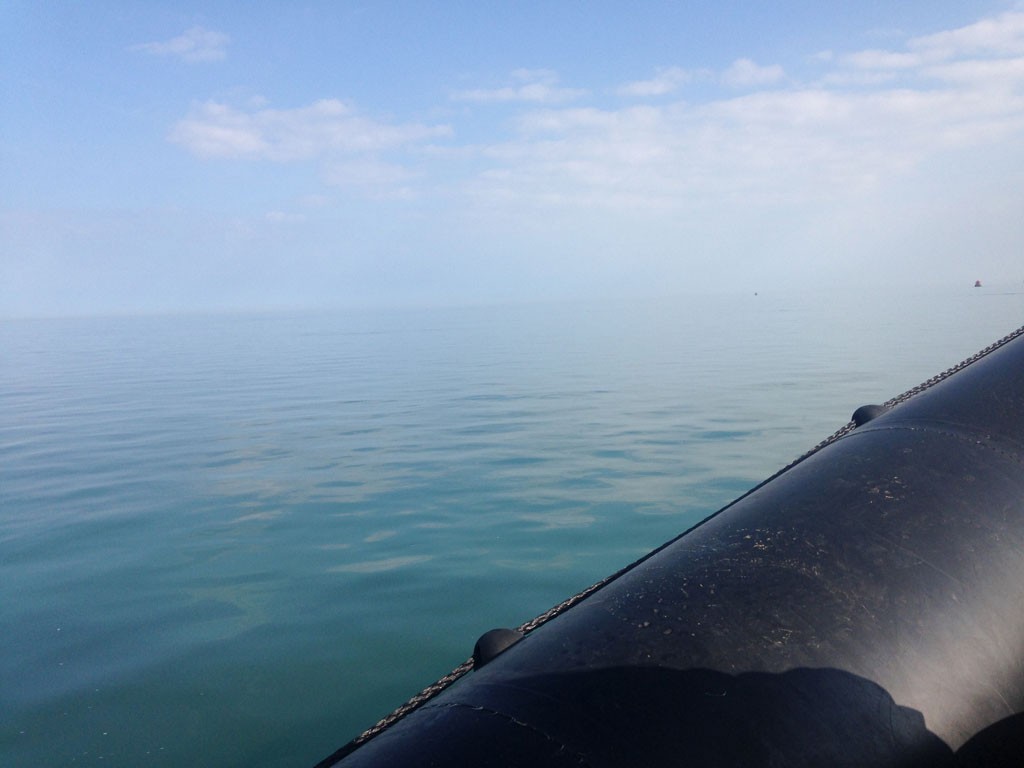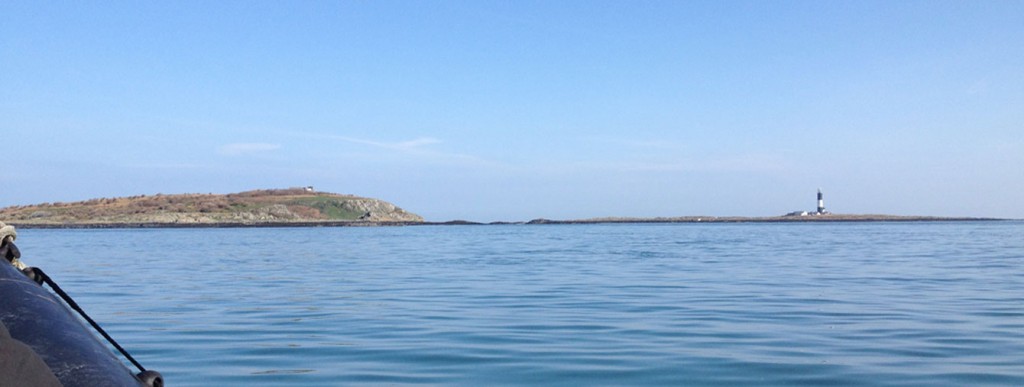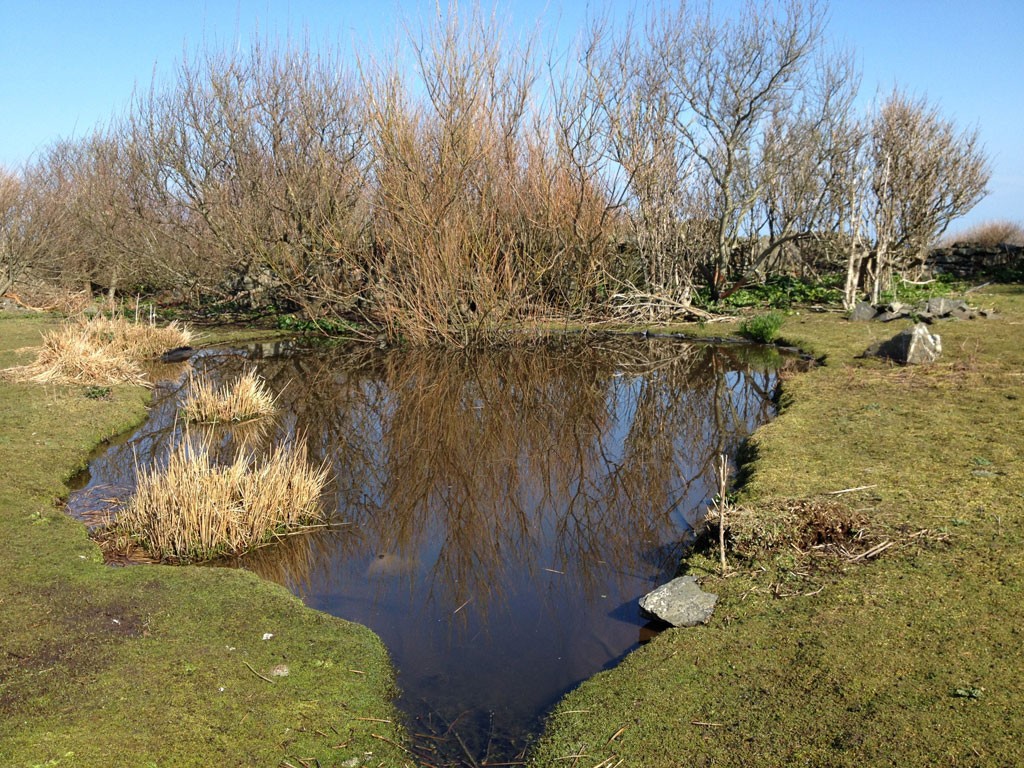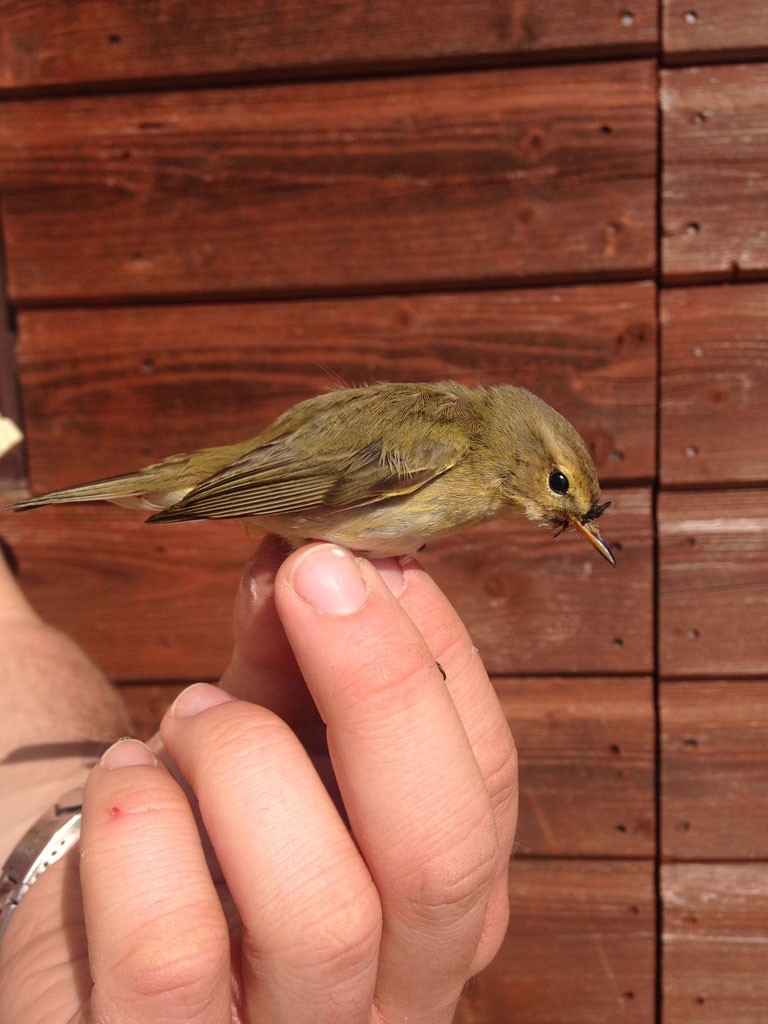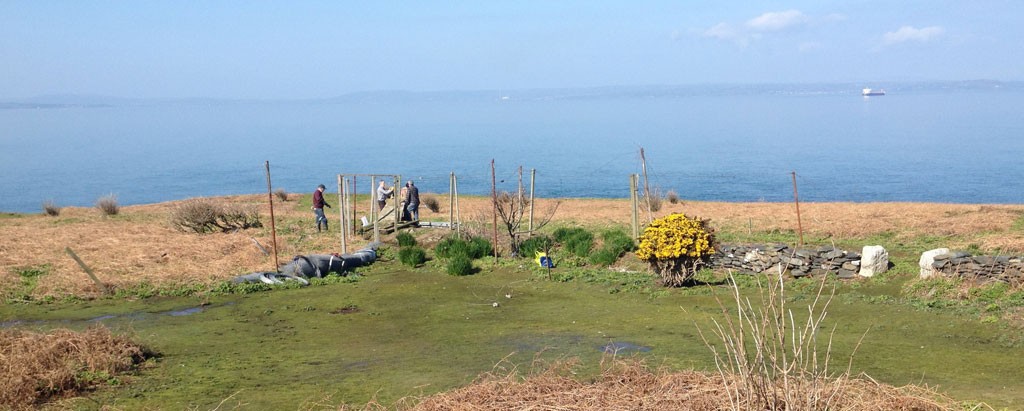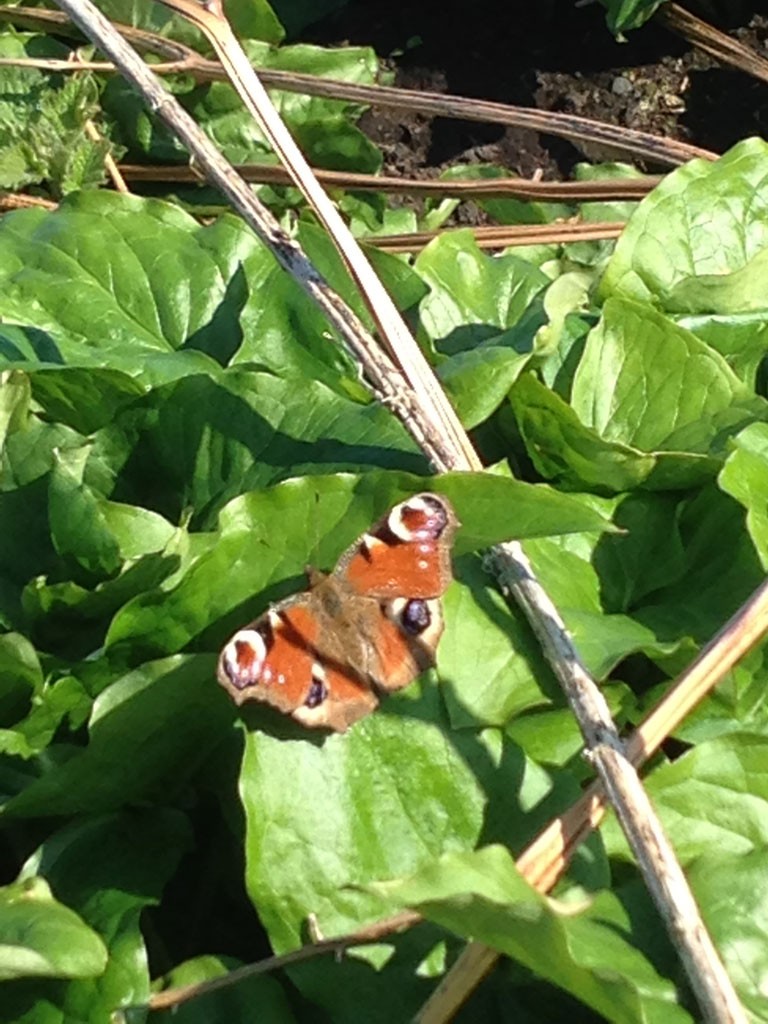CBO Spring weekends and other plans
Now that the new CBO season is upon us, why not consider a weekend visit?
Spaces are still available on the following spring weekends:
- w/e commencing Friday 08 May
- w/e commencing Friday 15 May
- w/e commencing Friday 22 May
The trip commencing on 15 May includes a week visit (to 22 May) as well as the standard weekend visit. This will be primarily for habitat management and volunteers for either the full week or Sunday (17th) to Friday (22nd) would be particularly welcome to allow this valuable work to proceed.
Whilst the day trips planned for 16 and 23 May are both now fully booked, we are holding a list of those still interested in going on either day and already we have sufficient interest to arrange a second boat for 23rd, on which there are now only 6 spaces left. So if you want to go you will need to be quick! Day trips are only £15 for adults, £10 for under 16’s.
We also hope to have a work day on 09 May for delivery of the materials required for the roof project. Willing (and physically able) volunteers are sought for this important work, which is likely to take the whole day, but it should be possible to help for parts of this. The roof project itself is planned to commence on 07 June. The observatory will close then to normal visiting until this project is completed (hoped to be around 2 weeks), but a small number of physically able and willing volunteers are required to assist with this work. If you think you can help for any of this time, then do please get in touch. We will probably be able to arrange boat transport to/from the observatory to suit the availability of volunteers, but all visits are likely to include at least two overnights.
You can find details of our accommodation by exploring this website or check out the following link for panoramic views of the island and buildings http://www.virtualvisittours.com/copeland-island-bird-observatory/
Visit fees are:
Adult overnight visit fee (any number of consecutive nights) £30
Under 18s overnight visit fee (any number of consecutive nights)* £20
Note: Junior members must be accompanied by a responsible designated adult.
This includes use of all of the facilities that we have available and the boat journey to/from the island. This compares very favourably with other UK bird observatories and so far as we are aware, CBO is still by far the cheapest (off shore) bird observatory to visit anywhere in the UK.
Please remember that you must be a full member to visit, so if you haven’t renewed, our membership fees are detailed on our Join CBO page.
For more details contact the Bookings Secretary at davidgalbraith903@btinternet.com
As always, you can see all the latest news and pics either on our website, or do visit our Facebook page.


